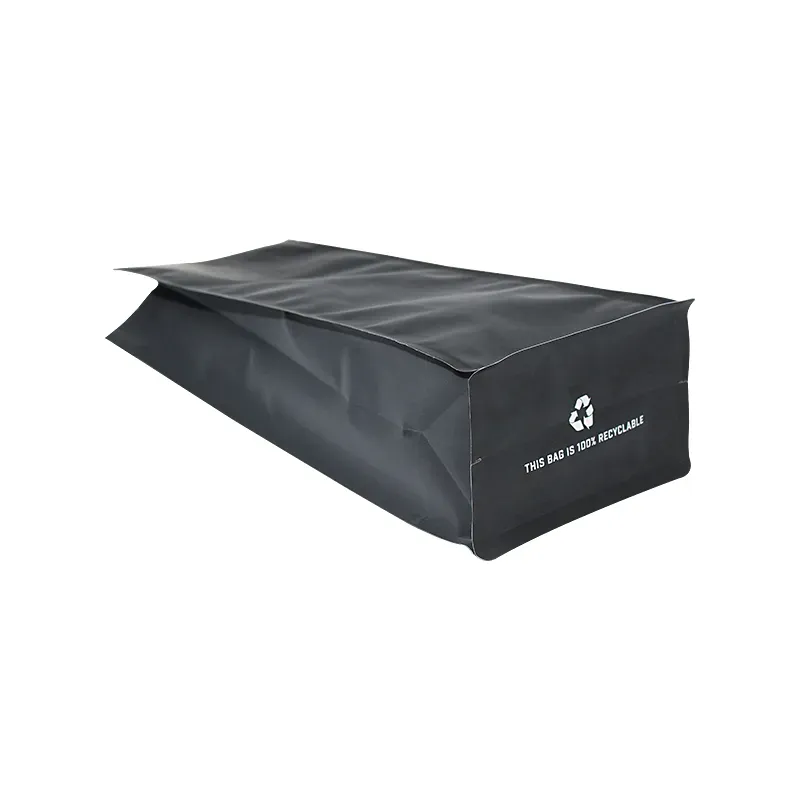- Afrikaans
- Albanian
- Amharic
- Arabic
- Armenian
- Azerbaijani
- Basque
- Belarusian
- Bengali
- Bosnian
- Bulgarian
- Catalan
- Cebuano
- chinese_simplified
- chinese_traditional
- Corsican
- Croatian
- Czech
- Danish
- Dutch
- English
- Esperanto
- Estonian
- Finnish
- French
- Frisian
- Galician
- Georgian
- German
- Greek
- Gujarati
- haitian_creole
- hausa
- hawaiian
- Hebrew
- Hindi
- Miao
- Hungarian
- Icelandic
- igbo
- Indonesian
- irish
- Italian
- Japanese
- Javanese
- Kannada
- kazakh
- Khmer
- Rwandese
- Korean
- Kurdish
- Kyrgyz
- Lao
- Latin
- Latvian
- Lithuanian
- Luxembourgish
- Macedonian
- Malgashi
- Malay
- Malayalam
- Maltese
- Maori
- Marathi
- Mongolian
- Myanmar
- Nepali
- Norwegian
- Norwegian
- Occitan
- Pashto
- Persian
- Polish
- Portuguese
- Punjabi
- Romanian
- Russian
- Samoan
- scottish-gaelic
- Serbian
- Sesotho
- Shona
- Sindhi
- Sinhala
- Slovak
- Slovenian
- Somali
- Spanish
- Sundanese
- Swahili
- Swedish
- Tagalog
- Tajik
- Tamil
- Tatar
- Telugu
- Thai
- Turkish
- Turkmen
- Ukrainian
- Urdu
- Uighur
- Uzbek
- Vietnamese
- Welsh
- Bantu
- Yiddish
- Yoruba
- Zulu
how to measure length width height of a box
How to Measure the Length, Width, and Height of a Box
Measuring the dimensions of a box is a fundamental skill that can be applied in various scenarios, whether it’s for packing, shipping, or determining storage space. Proper measurements ensure that you make the best use of space and resources. In this guide, we will explore the steps you need to follow to accurately measure the length, width, and height of a box, along with some tips and tricks to achieve precise results.
Step 1 Gather the Necessary Tools
Before you begin measuring, make sure you have the right tools on hand. A simple measuring tape or a ruler is typically sufficient for most boxes. If you are measuring larger boxes or packages, a retractable measuring tape might be more convenient. Ensure that the measuring tool you use has clear markings for accuracy. Additionally, a notepad and pen can be useful for jotting down measurements as you go.
Step 2 Understand the Dimensions
When measuring a box, it’s essential to understand the specific dimensions you will be recording - Length This is the longest side of the box. When looking at the box from the front, it is the horizontal measurement. - Width This represents the shorter horizontal side when looking at the front view of the box. - Height The vertical measurement from the base of the box to the top.
It's important to note that different industries might have varying definitions on how to specify dimensions, so it's always a good idea to check how the values are intended to be used
.Step 3 Measure the Length
To measure the length, place one end of the measuring tape at one corner of the box. Extend the tape along the longer side of the box and note the measurement where it meets the opposite corner. Ensure that the measuring tape is straight and not twisted, as this can lead to inaccurate readings. Record the measurement in inches or centimeters, depending on your preference or requirements.
how to measure length width height of a box

Step 4 Measure the Width
Next, you will measure the width. Again, start at one corner, but this time, measure the shorter side of the box. Follow the same steps as you did for measuring the length—extend the tape from one end to the other, ensuring it is straight, and note the measurement. It’s helpful to maintain a standardized orientation (such as always measuring length and width from the same side) to avoid confusion.
Step 5 Measure the Height
Finally, to measure the height of the box, stand it upright. Place one end of the measuring tape on the bottom of the box and extend it to the top. Like before, ensure the tape is straight for an accurate reading. Write down the height measurement, which will help finalize the dimensions of the box.
Step 6 Double-Check Your Measurements
Accuracy is key when measuring a box. It is always wise to double-check your measurements to ensure they are correct. Measure each dimension twice and verify that both readings are consistent. If there is any discrepancy, measure again. This practice will help prevent mistakes that can lead to incorrect shipping or storage specifications.
Conclusion
Measuring the length, width, and height of a box is a simple yet crucial process. By following these steps and ensuring that you use the right tools, you can achieve accurate measurements every time. Whether you’re shipping products, organizing your home, or planning for storage, knowing the correct dimensions of your box will help make your tasks easier and more efficient. With a little practice, measuring boxes will become second nature, enabling you to manage your space effectively.













